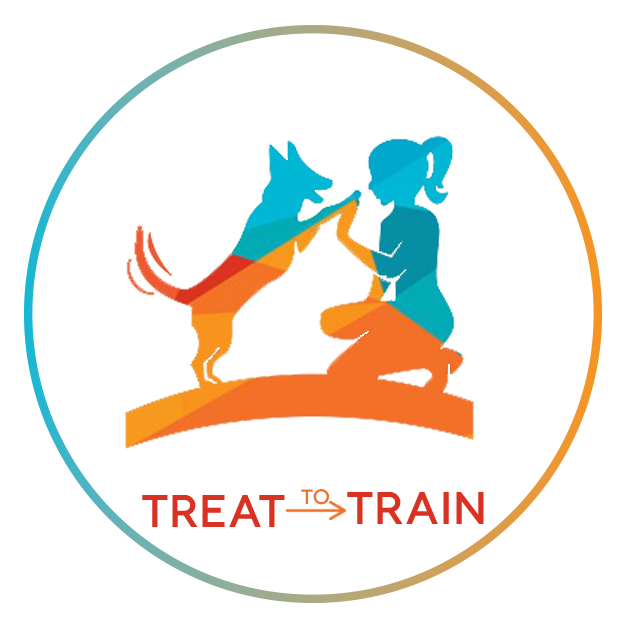Canine Behavior: Building a Foundation with Flight Cues in Dog Training
It can be downright embarrassing when your dog loses control in public, especially if you're a dedicated pet parent or a professional in canine behavior (yeek! Like I am) The impact of your dog's behavior goes beyond the immediate embarrassment, affecting both your dog and the humans around you. Understanding and addressing these behavioral challenges is crucial, and one effective approach is to focus on building a foundation through flight cues in dog training.
Dogs, much like humans, possess a natural "fight-flight-freeze-etc." response to perceived threats. This instantaneous sequence of physiological reactions evolved as a survival mechanism, allowing dogs to quickly respond to life-threatening situations. Picture your mild-mannered Golden turning into a hell hound at the sight of a nemesis neighbor dog or a seemingly harmless trigger. Embarrassing, right?
Handling such situations requires a repertoire of techniques. From a simple u-turn to tossing treats in the grass, there are various strategies to manage stressors effectively. One powerful approach is to teach a flight cue as a foundational skill. Once your dog realizes they have the ability to escape a stressful situation, additional skills, such as "look at that" (LAT), can be introduced.
Some dogs lean naturally towards having a “flight response” while others first instinct is more a “fight” response. Regardless of their initial responses, both dogs needed guidance to understand that they could choose flight as a viable option.
Teaching a flight cue serves dual purposes. Firstly, it aids in changing the emotional response to triggers. Rather than just moving away, turn it into a fun event, a party to celebrate avoiding the stressor. This celebration can take various forms, from a gleeful "yaaaaaah" to a lively, bouncing event where you’re having fun with your dog. Creating a positive association helps shift your dog's feelings about the trigger, potentially diverting them from a fight response.
Secondly, teaching flight reinforces your dog's sense of agency. Dogs then learn that they have the ability to control their environment by moving away from potential threats. Many dogs have a history of limited choices or control. A flight cue can empower them, building a sense of agency and control over their surroundings.
To implement flight cues effectively, observe your dog's body signals and intervene while they are still in a learning zone. Teach your dog to choose flight when confronted with stressors, allowing them to navigate their environment confidently.
If you find your dog struggling with stressors, consider seeking professional help. Our team, comprised of qualified behaviorists, offers consultations to assist you in addressing your dog's big feelings about stressors. We specialize in reactive dog classes in Pretoria and Johannesburg, providing tailored solutions to help your canine companion thrive. Schedule a consultation with us – we're here to help you and your dog!


